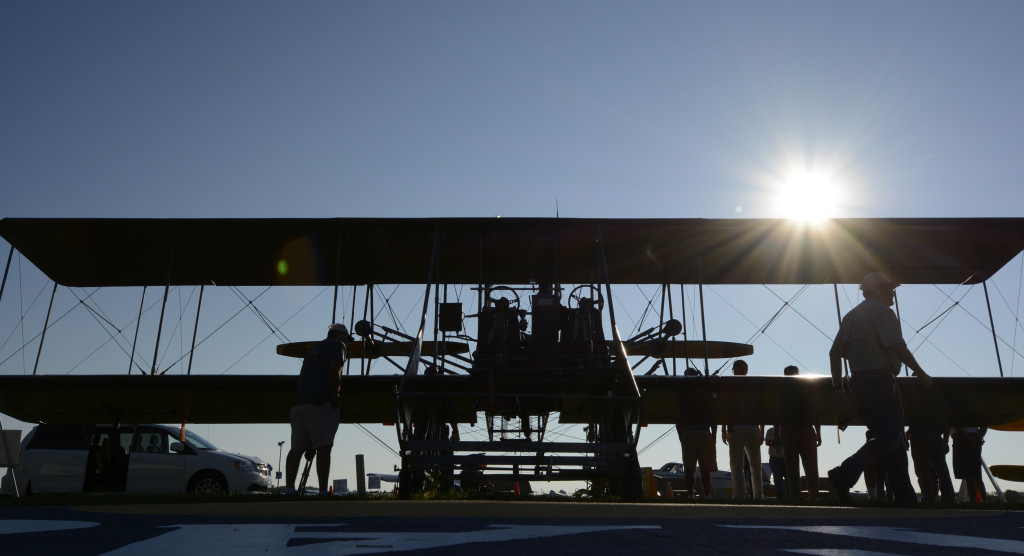
OSHKOSH, Wis.—The one-of-a-kind Wright B Flyer, a flyable lookalike of the Wright brothers’ first factory-built airplane, went on display in the Experimental Aircraft Association’s (EAA’s) AirVenture Vintage Area Monday following a nonstop trip from Dayton, Ohio—by truck.
Like every other airplane at EAA AirVenture, the Wright B Flyer is a flying machine. So why did Wright B Flyer’s volunteers haul it here in a semi trailer? Whey didn’t they just fly it here?
Here’s a pilot’s perspective on the Wright B Flyer by Rich Stepler, volunteer chief pilot:
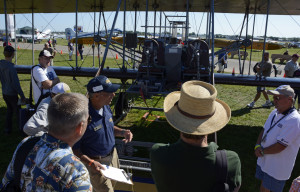
The Wright B Flyer (N3786B) is a VFR, day-only airplane that carries 28 gallons of usable fuel. Our engine, a Lycoming HIO-360, burns about 20 gallons an hour, to push our 3,400 pound, extremely draggy airframe through the sky. Since we cruise at about 50 mph, we need to plan routes with airports no more than 40 miles apart. That’s 16 stops between Dayton-Wright Brothers Airport (KMGY) and Wittman Field (KOSH).
If we were able to fly the route nonstop, it would take about nine hours of flight time. But every stop would add about an hour to the trip, giving us a block time of about 25 hours. We must avoid the Military Operating Areas in central Indiana and would be shunned by controllers of the class B airspace around Chicago, as we are so slow. This would make the trip about 385 nautical miles, or about 60 nm longer than flying victor airways.
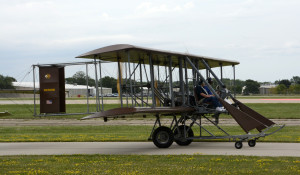
We try to avoid overflying metropolitan areas because our service ceiling is limited to a density altitude of about 3,000 feet MSL. The mid-day July temperatures in the midwest could prevent us from flying as we could not get to the FAA required 1,000 feet AGL over populated areas.
Selection of the airports for landing and refueling can also be a challenge. Out of ground effect, we can only sustain a 50 foot per minute rate of climb (it takes 10 minutes to get to 500 feet above ground level). The length of the runway is not as important as the height of the obstacles off the end of the runway.
There is no trim on the Wright B Flyer, no dihedral on the wings and very low wing loading. Piloting such a machine is very busy and tiring; after about 20 minutes, the pilot is usually begging the copilot to fly for a while.
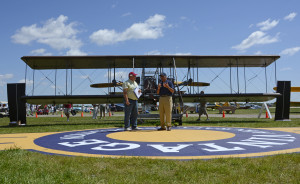
We are severely limited by the wind; our takeoff and landing crosswind limit is 10 miles per hour.
Headwind is also a problem. On several occasions, when we flew the the airplane to Indianapolis Executive Airport for the Indianapolis air show, our first fuel stop was Richmond, Ind., about 30 miles west of our home airport. If the wind aloft had exceeded about 15 kt from the west, we would have burned burn half our fuel before we got halfway there, forcing a return to KMGY to refuel and wait for better conditions.
Flight planning for a cross country trip in the Wright B Flyer is not an easy task.
###
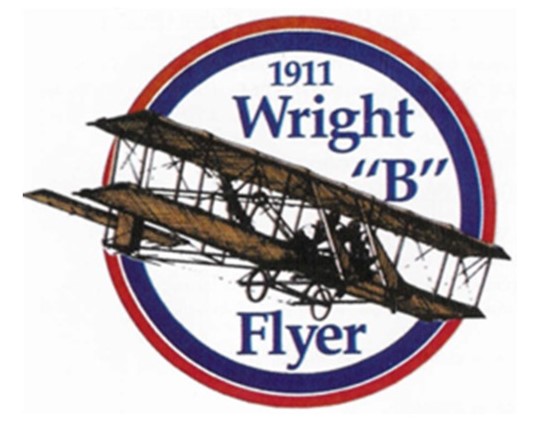

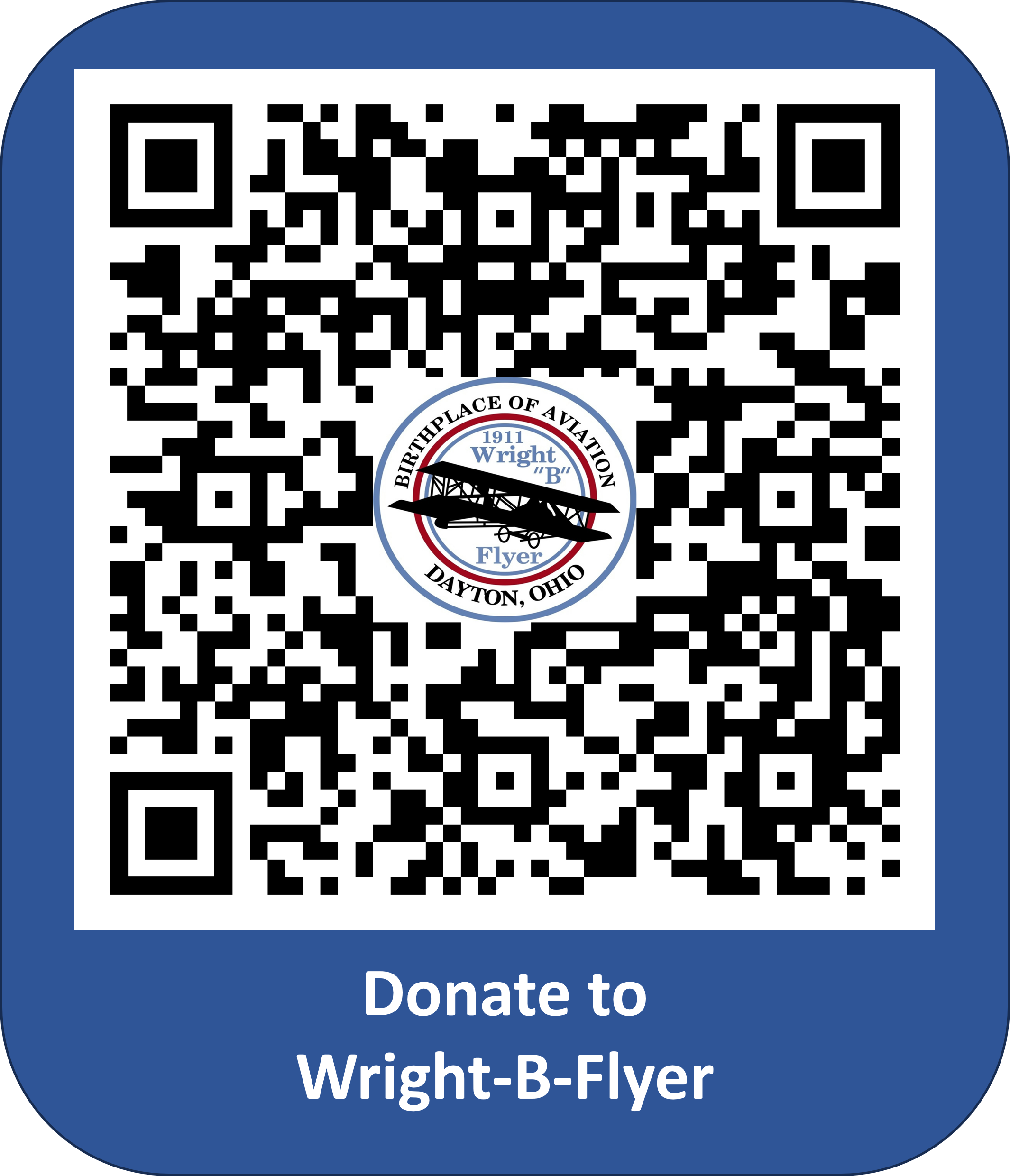

 Like Us on Facebook
Like Us on Facebook